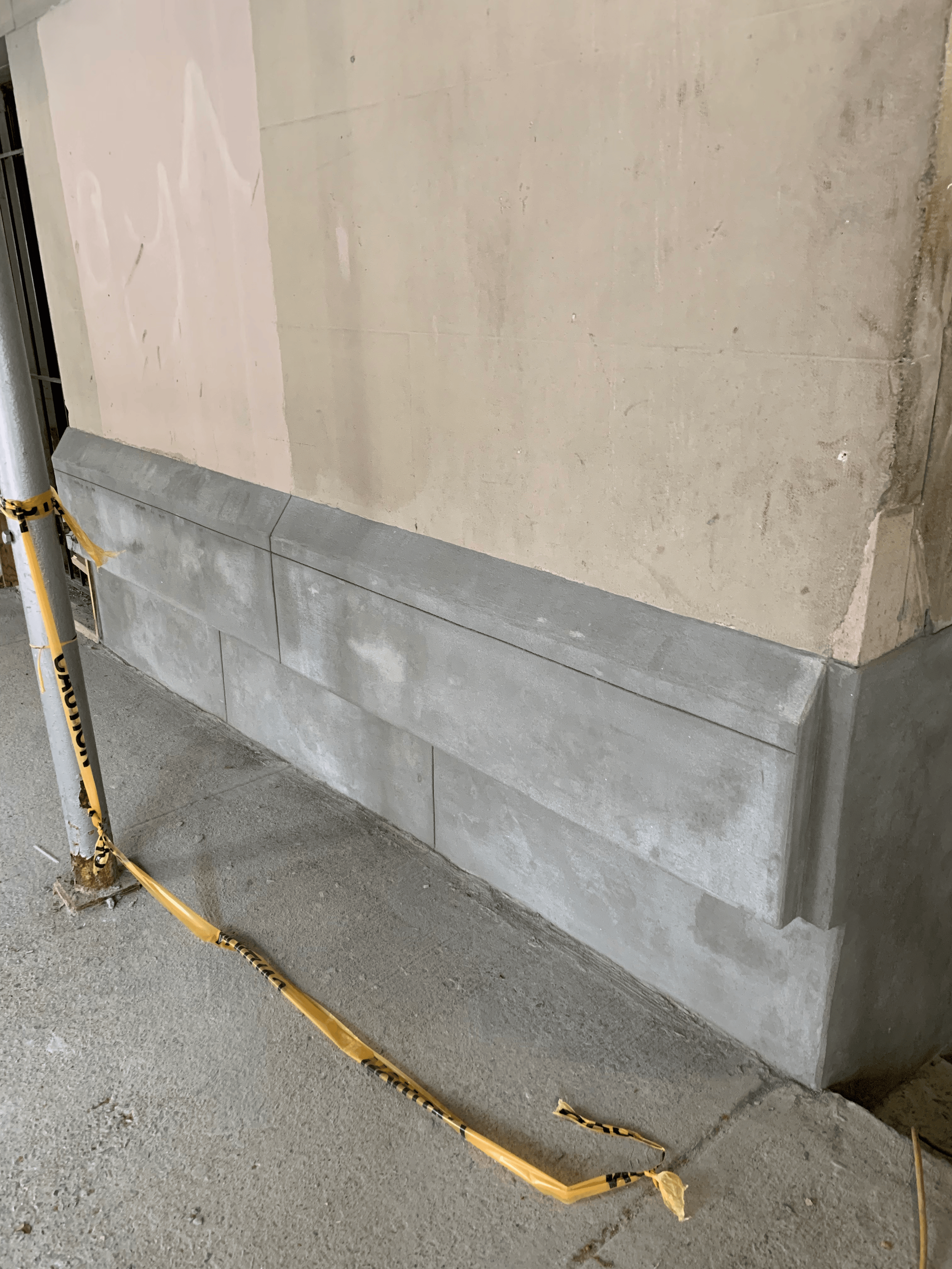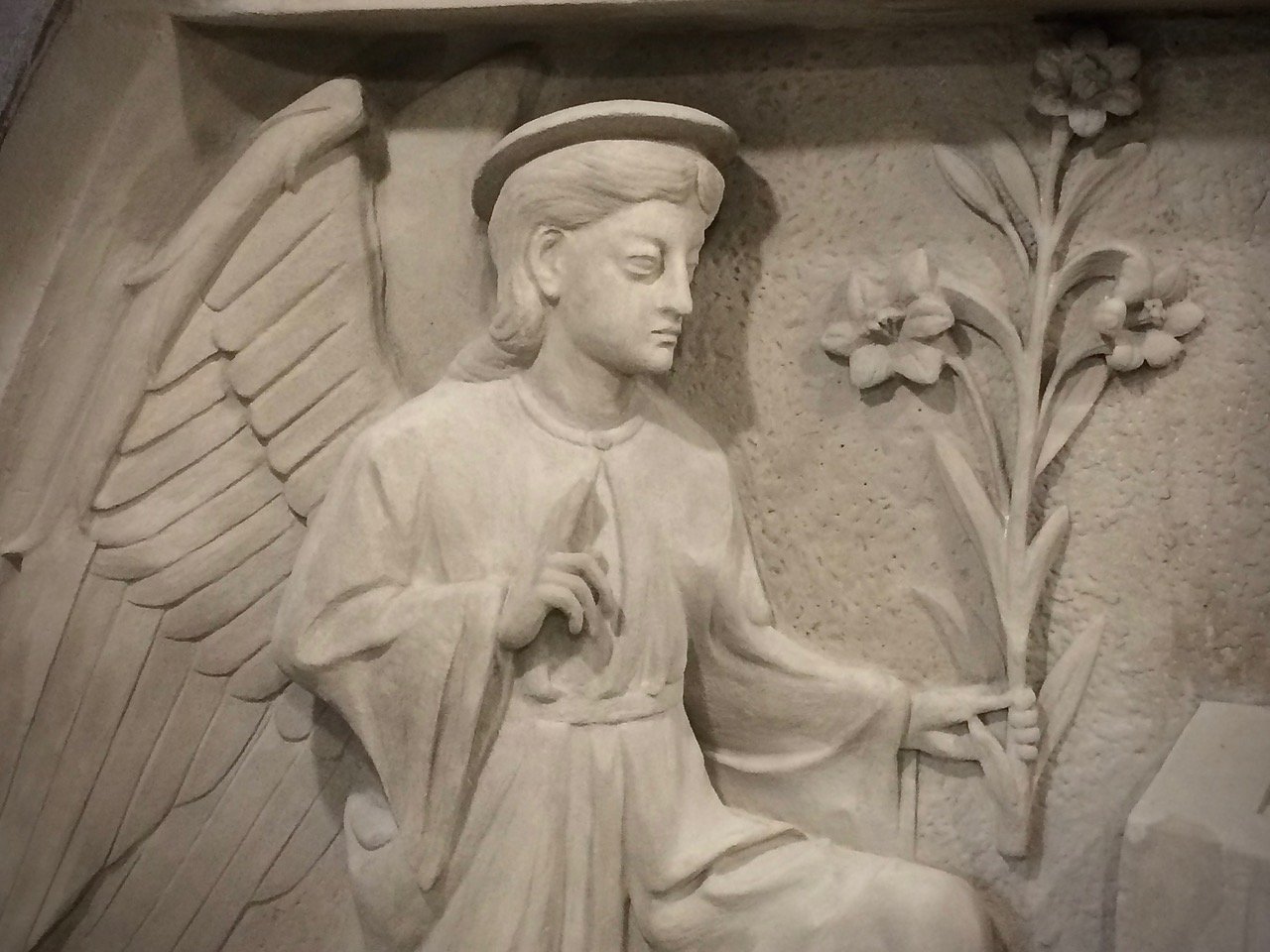Heavy Masonry Mortar Repairs are Possible With the Support of Forms
Wooden forms are highly useful for restoring stones to their original profile, especially when faced with large, heavy and seemingly daunting repairs.
Always Color-Match a Repair Mortar to a Clean Substrate [Video]
Whether you’re color-matching on-site or sending us a sample for our lab custom color match, always clean the masonry you intend to use for your color match.
Selecting the Right Injection Grout for Historic Marble at Independence Hall
Injection grout selection was a factor in the successful restoration of the historic marble at Independence Hall.
Beware of Choosing an Incompatible Pointing Mortar for Sandstone (or any stone for that matter)
Because brownstone requires a softer pointing mortar that can expand and contract with freeze/thaw cycles, use a softer mortar that’s compatible with the stone and color-match it to the varying shades of the substrate.
If You’re Painting/Coating Your Masonry Repairs, Don’t Worry About Color Matching the Mortar
In the restoration the decorative entrance of the Cathedral of Immaculate Conception, M70 is the only mortar with an extended drying time that would allow for carving of the intricate ornamental features. Other mortars are polymer/glue-based and set rapidly, so they certainly wouldn’t allow for carving over several hours.
How to Hide Masonry Patches: Solving this Common Restoration Issue in the Field [Part 2]
Two other options for color matching patches are: an opaque Potassium Silicate coating and a custom color mortar (which you can get with a laboratory color match or by tweaking mortar colors on-site).
Aggregate Face Embedment Makes for a Perfect Mortar Repair Match
DNA Contracting shined in matching the mortar patches with the surrounding masonry at New York University’s 30-story Silver Towers.
Restoring Historic Grave Markers at Wye House Cemetery on Maryland’s Eastern Shore
Back in the late 1980s, a local architect asked me to come to the Wye House Estate on Maryland’s Eastern Shore, outside of Easton, to have a look at some aged and failing grave markers of the Lloyd and Tilghman families.


![Always Color-Match a Repair Mortar to a Clean Substrate [Video]](https://images.squarespace-cdn.com/content/v1/5f63a3d8c47b2d03abcc14e6/1702327946096-4JUF2WM9Z177RQDHEPKW/Allways+Clean+Masonry+800.jpg)



![How to Hide Masonry Patches: Solving this Common Restoration Issue in the Field [Part 2]](https://images.squarespace-cdn.com/content/v1/5f63a3d8c47b2d03abcc14e6/7447c7f8-4ac5-4da6-a45a-d5928d9e7155/IMG_1128.jpeg)

